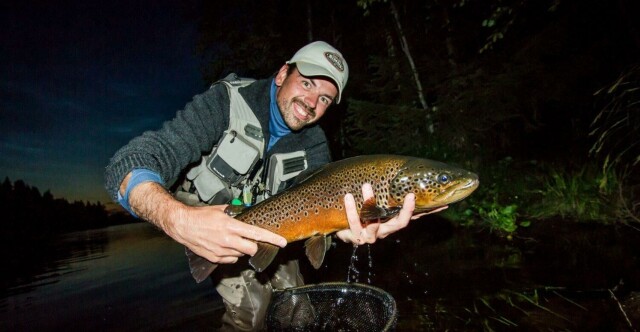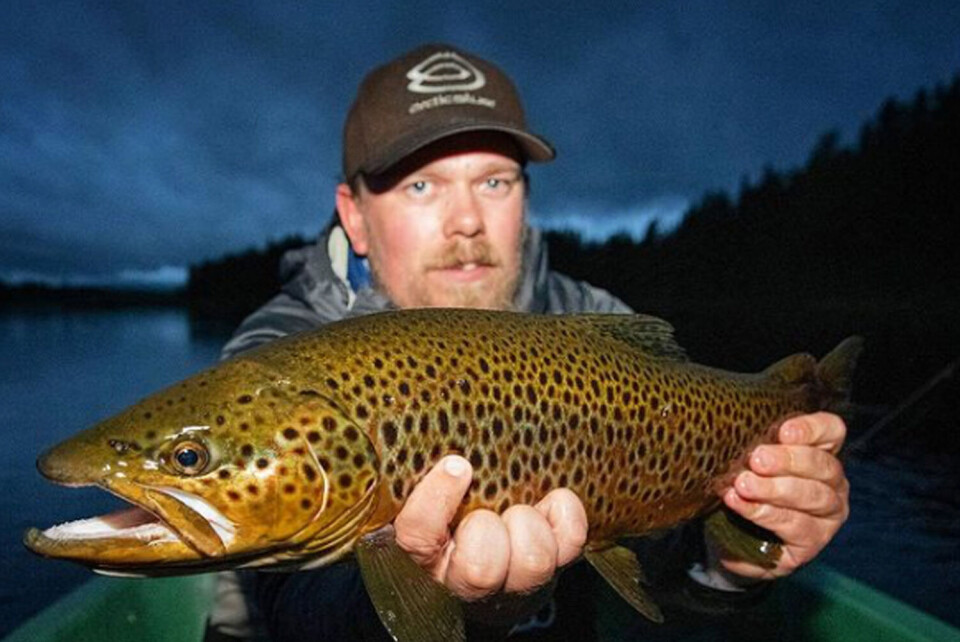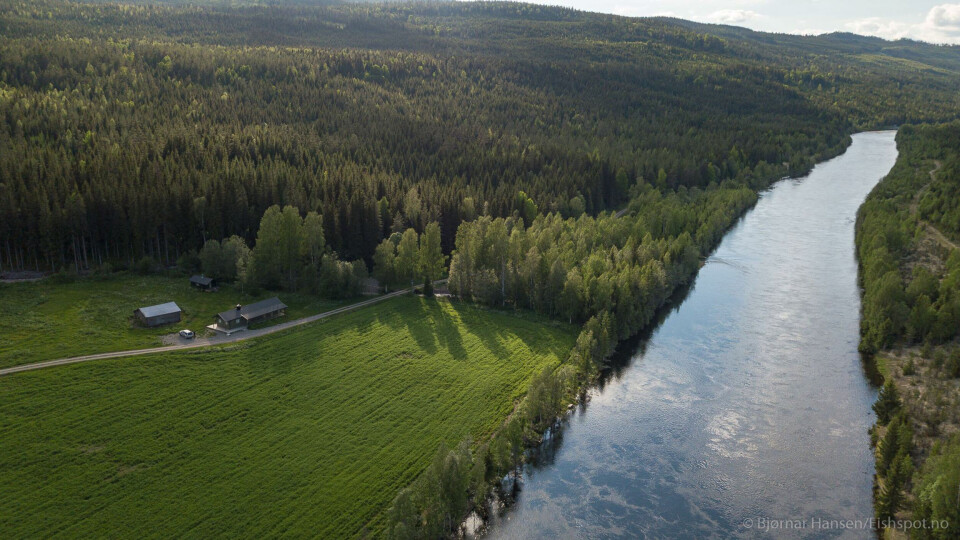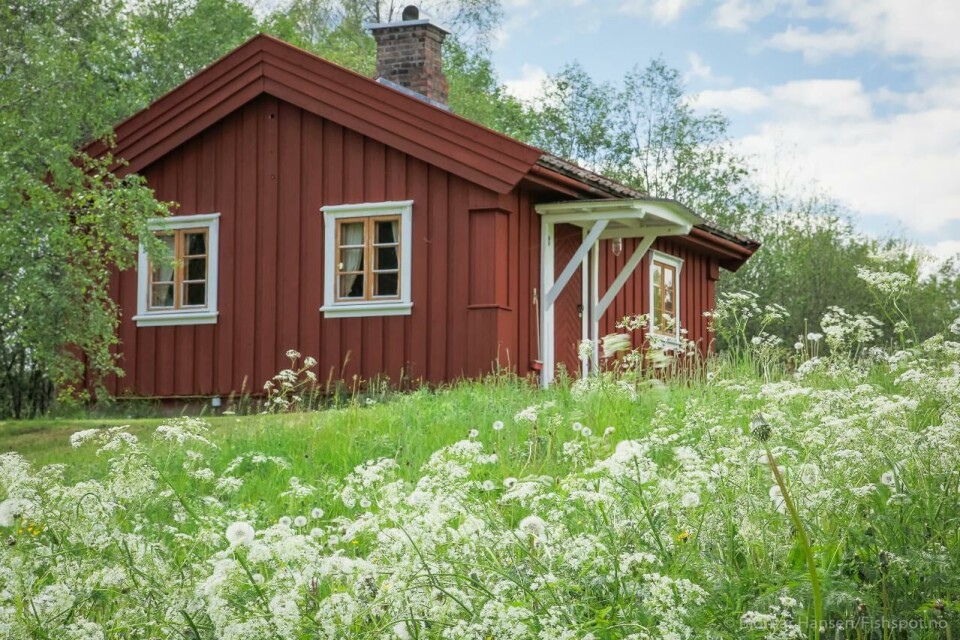Do big rising fish and a cabin right on the river bank sound interesting to you? Rena river has everything!

Rena River is the place to be when it comes to stalking big fish with light tackle.
The Rena river is the place to be when it comes to stalking big fish with light tackle. The fishing has gotten better and better over the past 10 years due to solid management, and there are no other rivers we know of with such a healthy population of trout over 2 kilos, which you have a good chance of catching on light tackle.
This is a a result of both modern management and extremely rich insect life.
You can see proof in the vidoes and photos below.

Rena is what the Americans refer to as a classic tailwater. Water from the Storsjøen Dam is tapped from the bottom, so the water temps are cool in the summer and warm in the winter.
This allows fish the ability to grow faster, with a healthier population of insect life year round. More food means bigger fish.
On Rena you have a realistic chance of finding rising fish around or even over 3 kg.
The fly fishing zone on Rena is five kilometers long and stretches from the Storsjøen dam in the north do Rødshammeren. Only fly fishing, and no boats allowed here. However, even fly anglers shouldn’t overlook the other sections of the river, there are loads of good spots throughout the entire length of the river.
This film from Black Fly Eyes is a good example of how good Rena can be when things really turn on.
If you aren’t yet familiar with the river, it is important to spend some time exploring. If you want to jump start the process then a guide is well worth the investement.
Even though there is a dense population of big trout to be found here, they can be both tricky to find and to figure out. The grayling are a bit easier to convince, especially during the daytime hours.
Trout in the dark
Large trout are typically more active during the evenings and at night, but they will rise as long as the hatches are in swing. The hatches here can be very localized.
The grayling in Rena can also grow to incredible sizes, and there have been several caught around the 2 kg mark in recent years.
You’ll need to use time to observe the river, and be patient. The water is dark, and it is nearly impossible to spot fish which aren’t rising. Trout are always shy, and the big ones are especially shy.

Various fishing opportunities and accomodations
You will find a good variation of fishing opportunities in the area, and if you are looking to differentiate from Rena’s wide steady currents the small rivers of Julussa and Osa can be a good alternative. It also isn’t far to Glomma or Åsta, which are included under the same fishing license from Åmot Elvelag.
There are plenty of camping spots along the river, but if you are in search of a bit more luxury then one of the cabins along the river can make an excellent base for expeditions on Rena and throughout the area.



Tips:
- Rena is a big river with densely forested banks. If you are fishing from the land it is a big advantage to learn spey casting, even though you don’t typically need to cast very far.
- The trout are typically lying right in on the banks, while grayling are often further out. The river is big and can be difficult to read for those inexperienced with the river.
- Booking a guide for a day or two can be a very good investment for learning the river.
Equipment:
- Rods in the #4 or #5 wt class for dry fly fishing. #5 to #7 for streamers. Waders are essential. You don’t need to wadde very far, but far enough to roll cast and spey cast. Stenger i kl. 4–5 for tørrfluefiske. 5–7 for tyngre streamere.
- Your fly box should contain midges, mayflies, and caddis, as well as streamers. When fishing later in the season a swimming pupa imitation is a must. If you are in need of flies you can find everything you need at Rena Fishcamp.
- The river is often deeper than it looks, and the currents are strong. Wade carefully!
- The river can be difficult to wade in spots, so wading boots with good grip, felt or studs, can be an advantage.
- Don’t use lighter tippet than necessary. Fish over the maximum size limit must be released unharmed.


